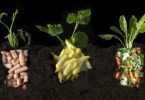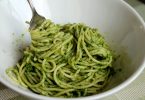
In a world first, culinary alchemist Heston Blumenthal has put sherry under the microscope to fin it contains flavor-enhancing properties – and has unveiled a brand new, scientific, but unconventional way of food and wine pairing, with some surprising results.
Leave a Comment
You must be logged in to post a comment.






